Product Catalog
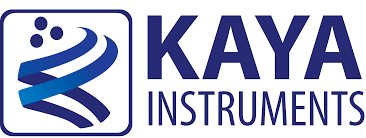
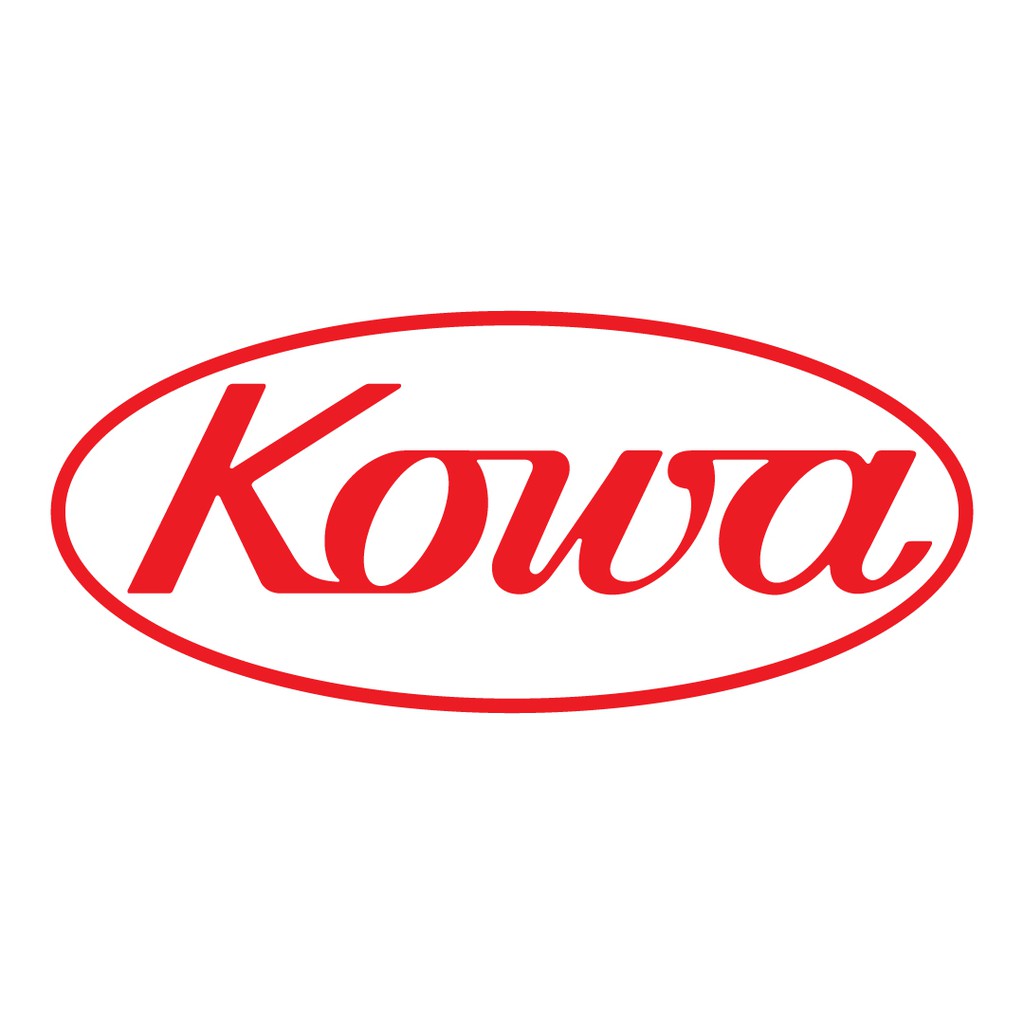


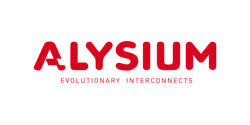
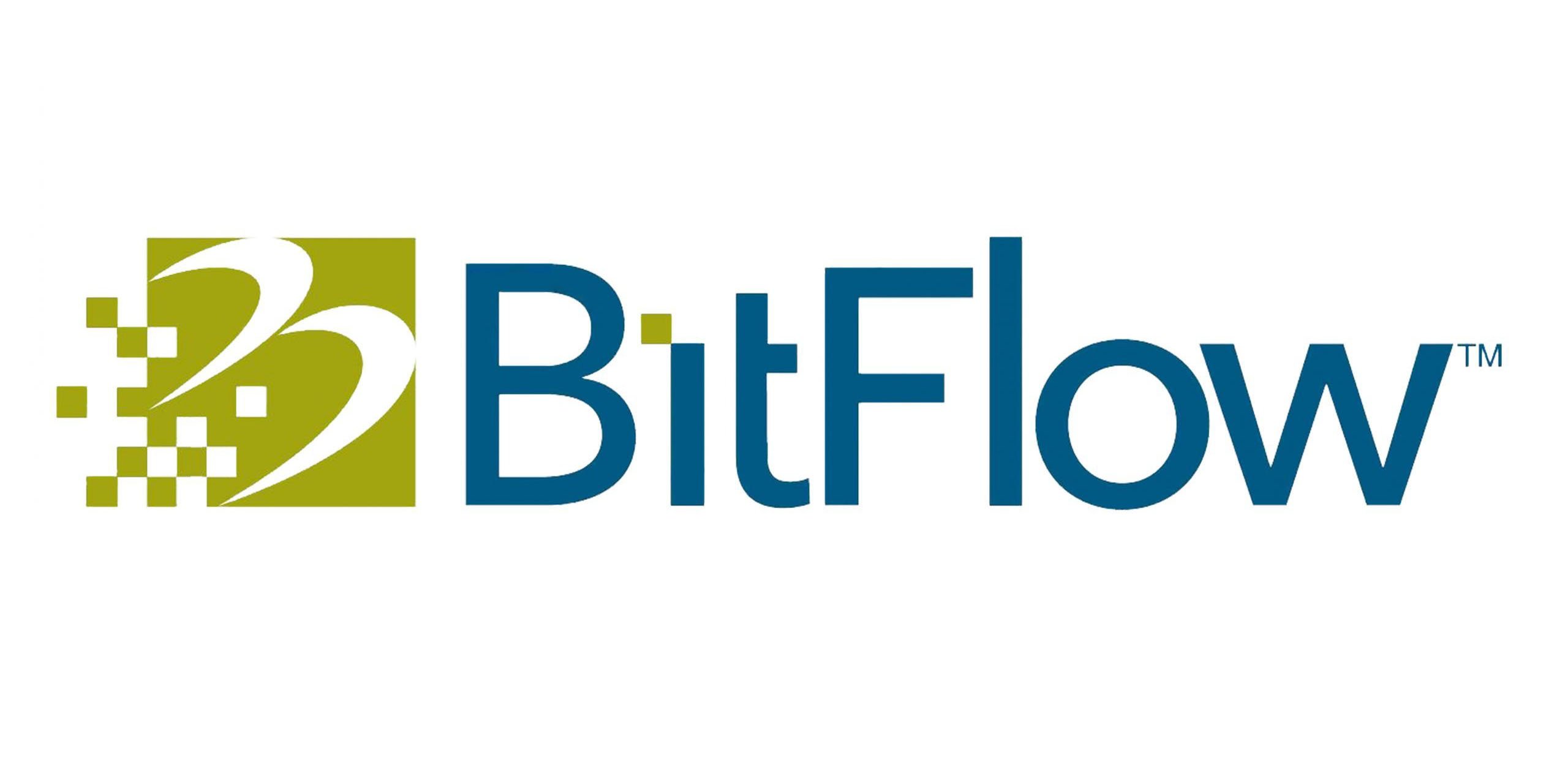
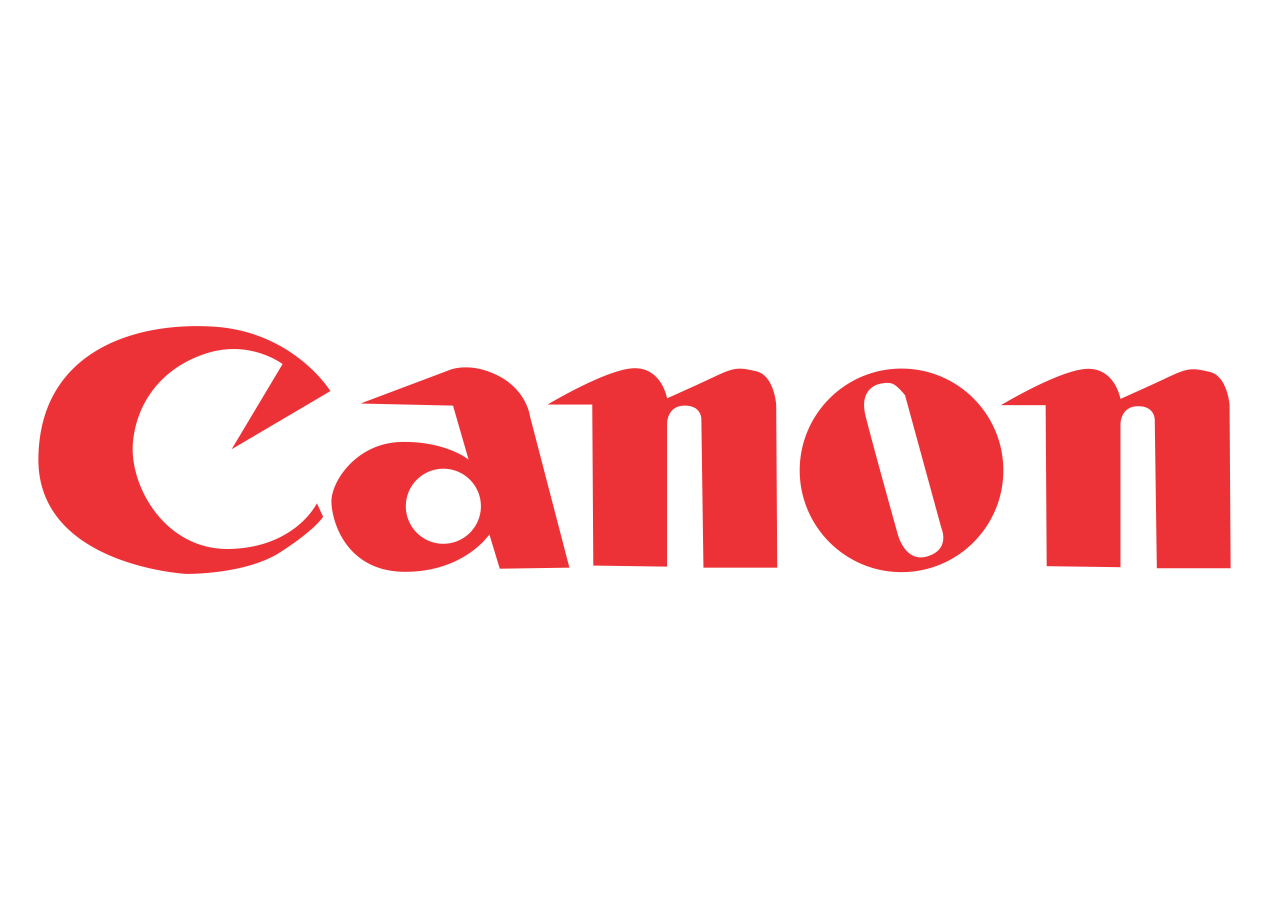
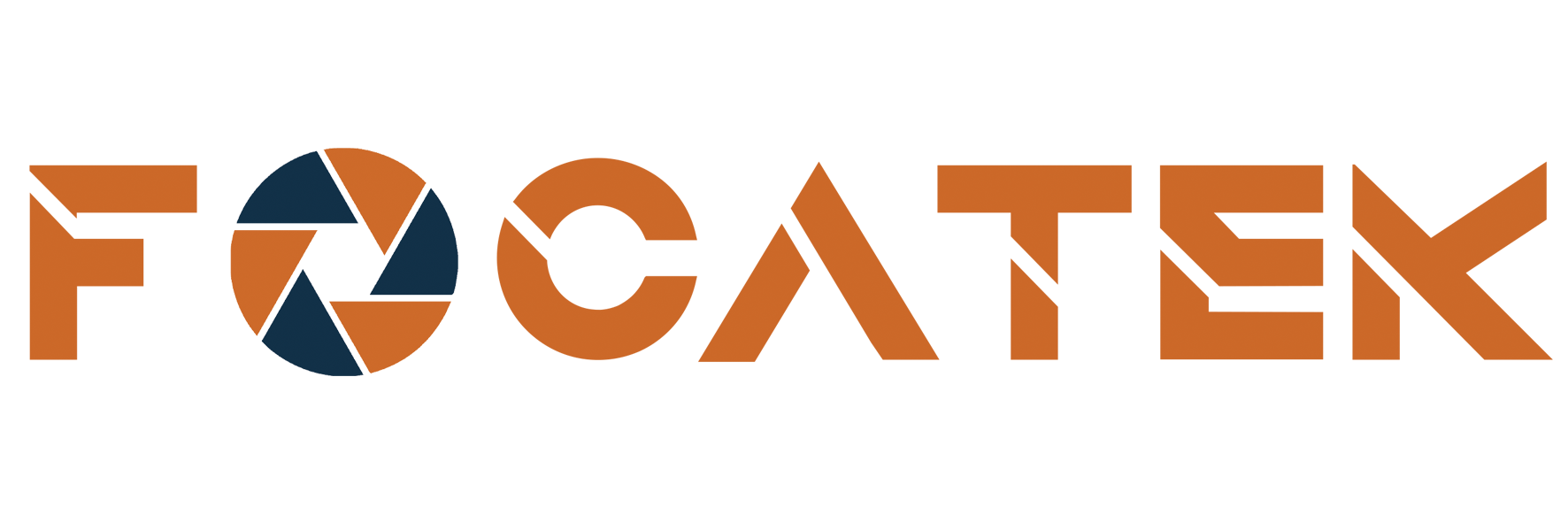
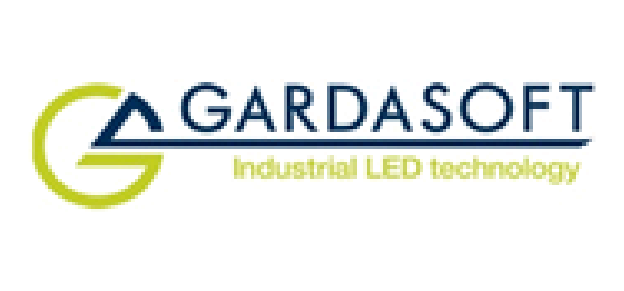
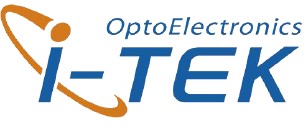

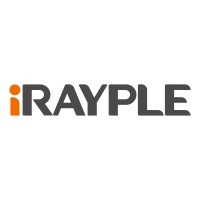
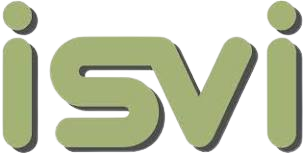

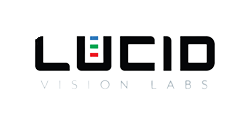
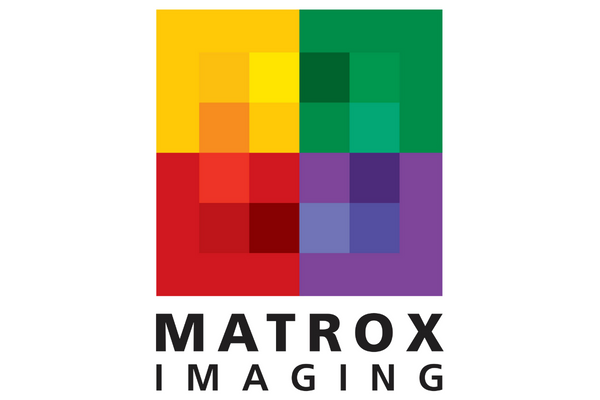
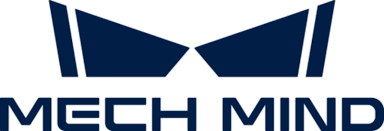




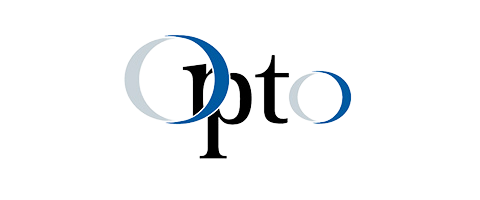
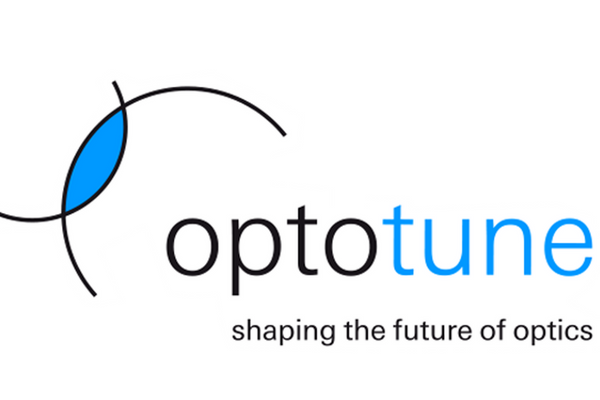
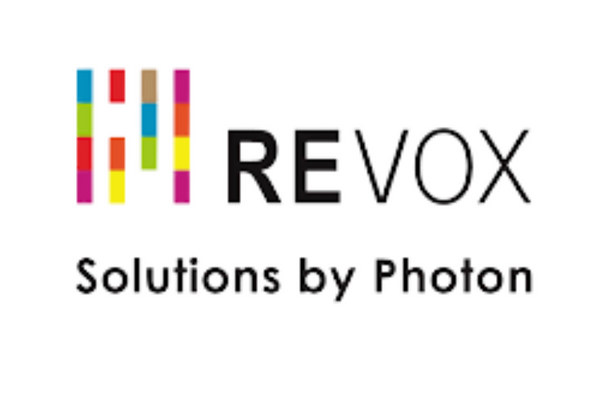


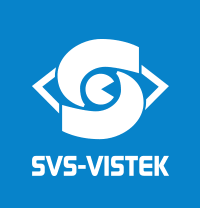
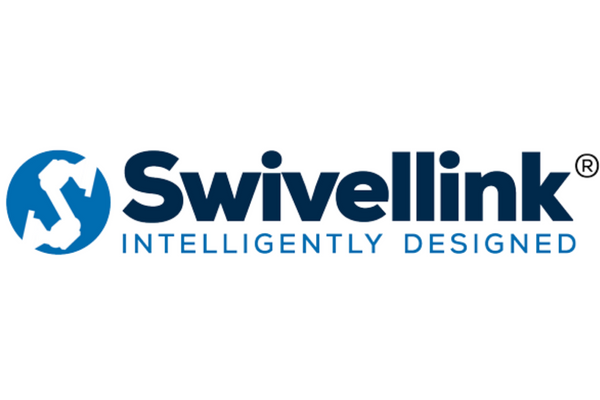

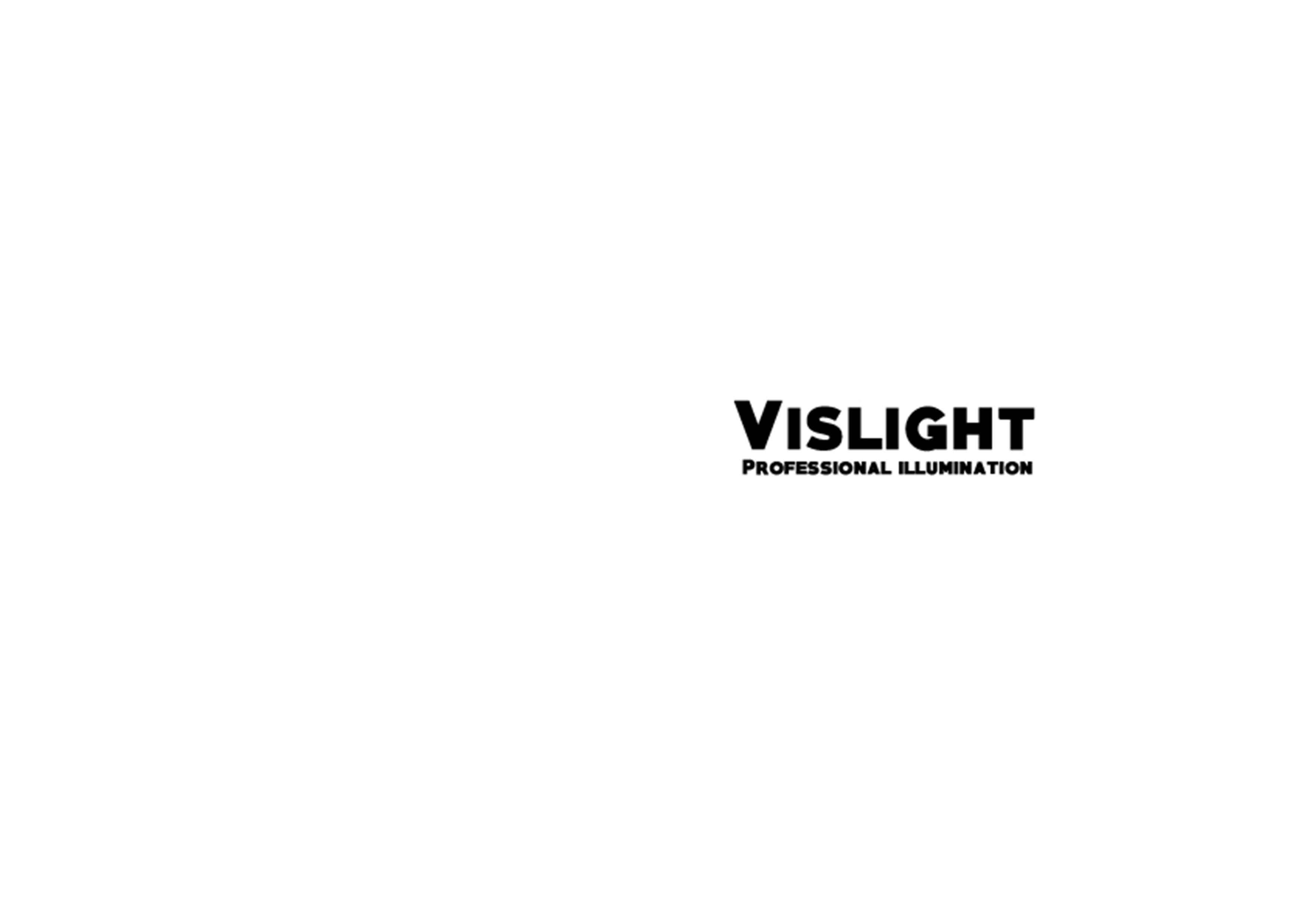

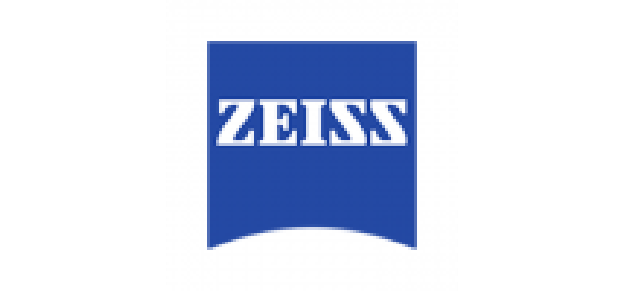
Showing 1–16 of 23 results
The Aon-CXP is low cost single link CoaXPress frame grabber. While it looks tiny, it has all the power of its big brother, the Cyton. It supports CXP camera speeds up to 6.25 Gb/S. The technology that Machine Vision components are built on are advancing rapidly in performance while size and costs are plummeting. CoaXPress cameras, which traditionally were power hungry, large, and expensive, are now small, cool, and affordable. Single link cameras are coming out that are 29mm cubes. While this sounds tiny, they can still receive 6.25 Gb/S worth of data over the link, almost twice the real world data rate of the USB3 Vision standard and significantly quicker than the latest GigE Vision data rates. This means you can get 2 MP images at 300 FPS! The Aon CXP has been designed for this low cost/high-performance market.
A small foot print single link CXP camera mated with the Aon-CXP can provide all the convenience of a GigE Vision or USB3 Vision camera system. It can compete on price; can exceed the cable lengths in many cases; and can provide a host of Machine Vision features missing from GigE Vision or USB3 Vision camera systems (triggers, encoders, strobe, waveform generators, quadrature encoder support, etc.). Furthermore, because of the Aon’s advanced DMA engine, no CPU resources are used in moving images to host memory.
One of the biggest advantages of buying a frame grabber over a GigE Vision or USB3 Vision camera is that all of the hardware and software components of the capture system are sourced from one manufacturer. It is not a bunch of separate blocks from different manufacturers (including Intel and Microsoft). BitFlow wrote every line of software and firmware and designed all their own hardware, which means if you have a problem we can support you. If the problem is on our side, we can fix it ourselves and get you a solution in a short amount of time.
The Axion-CL is the most powerful CL frame grabber BitFlow has ever manufactured. A natural addition to this family was obvious…a CL Base version. The Axion xB series will be replacing the Neon series of Camera Link frame grabbers.
The Axion-CL also benefits from other products in BitFlow’s line up. The Axion-CL uses the Cyton-CXP’s backend: the StreamSync DMA engine and buffer manager. A brand new PCIe Gen 2 interface, with DMA optimized for modern (fully loaded, fully busy) computers.
Moving from the Neon family to the Axion family is simple. No need to make changes to your code, just recompile with the latest SDK. If you are using a 3rd party application, such as Cognex Vision Pro or LabVIEW, just download the latest driver and your program will already be supported. The same application can support both the Axion and the Neon family (as well as our CXP line of frame grabbers).
Connectors on the Axion 1xB are the same as those on the Neon CLB, so your existing cable infrastructure will not need to be changed.
BitFlow has been making Camera Link frame grabbers since 1999. With each successive generation of frame grabbers, BitFlow has improved the quality, flexibility and robustness of their interfaces. Meanwhile, much has changed on the backend; PCI to PCIe, Gen 1 to Gen 2, etc. Also the Camera Link Specification had been continuously evolving: 80-bit (10-tap) mode was added, Power over Camera Link (PoCL), new connectors, new tap formats. Even though the specification has been around a long time, it is still one of the simplest, efficient and least expensive ways to get camera data into a computer. It also benefits from 100s of thousands of pieces of CL equipment sold worldwide.
BitFlow has been on top of all these changes and has continuously improved and updated their Camera Link frame grabbers. The Axion-CL is the culmination of all of these improvements, the most powerful CL frame grabber BitFlow has ever manufactured.
The Axion-CL also benefits from other products in BitFlow’s line up. The Axion-CL uses the Cyton-CXP’s backend: the StreamSync DMA engine and buffer manager. A brand new PCIe Gen 2 interface, with DMA optimized for modern (fully loaded, fully busy) computers.
BitFlow has been making Camera Link frame grabbers since 1999. With each successive generation of frame grabbers, BitFlow has improved the quality, flexibility and robustness of their interfaces. Meanwhile, much has changed on the backend; PCI to PCIe, Gen 1 to Gen 2, etc. Also the Camera Link Specification had been continuously evolving: 80-bit (10-tap) mode was added, Power over Camera Link (PoCL), new connectors, new tap formats. Even though the specification has been around a long time, it is still one of the simplest, efficient and least expensive ways to get camera data into a computer. It also benefits from 100s of thousands of pieces of CL equipment sold worldwide.
BitFlow has been on top of all these changes and has continuously improved and updated their Camera Link frame grabbers. The Axion-CL is the culmination of all of these improvements, the most powerful CL frame grabber BitFlow has ever manufactured.
The Axion-CL also benefits from other products in BitFlow’s line up. The Axion-CL uses the Cyton-CXP’s backend: the StreamSync DMA engine and buffer manager. A brand new PCIe Gen 2 interface, with DMA optimized for modern (fully loaded, fully busy) computers.
The Axion-CL is the most powerful CL frame grabber BitFlow has ever manufactured. A natural addition to this family was obvious…a CL Base version. The Axion xB series will be replacing the Neon series of Camera Link frame grabbers.
The Axion-CL also benefits from other products in BitFlow’s line up. The Axion-CL uses the Cyton-CXP’s backend: the StreamSync DMA engine and buffer manager. A brand new PCIe Gen 2 interface, with DMA optimized for modern (fully loaded, fully busy) computers.
Moving from the Neon family to the Axion family is simple. No need to make changes to your code, just recompile with the latest SDK. If you are using a 3rd party application, such as Cognex Vision Pro or LabVIEW, just download the latest driver and your program will already be supported. The same application can support both the Axion and the Neon family (as well as our CXP line of frame grabbers).
Connectors on the Axion 2xB are the same as those on the Neon CLD, so your existing cable infrastructure will not need to be changed.
BitFlow has been making Camera Link frame grabbers since 1999. With each successive generation of frame grabbers, BitFlow has improved the quality, flexibility and robustness of their interfaces. Meanwhile, much has changed on the backend; PCI to PCIe, Gen 1 to Gen 2, etc. Also the Camera Link Specification had been continuously evolving: 80-bit (10-tap) mode was added, Power over Camera Link (PoCL), new connectors, new tap formats. Even though the specification has been around a long time, it is still one of the simplest, efficient and least expensive ways to get camera data into a computer. It also benefits from 100s of thousands of pieces of CL equipment sold worldwide.
BitFlow has been on top of all these changes and has continuously improved and updated their Camera Link frame grabbers. The Axion-CL is the culmination of all of these improvements, the most powerful CL frame grabber BitFlow has ever manufactured.
The Axion-CL also benefits from other products in BitFlow’s line up. The Axion-CL uses the Cyton-CXP’s backend: the StreamSync DMA engine and buffer manager. A brand new PCIe Gen 2 interface, with DMA optimized for modern (fully loaded, fully busy) computers.
BitFlow has been making Camera Link frame grabbers since 1999. With each successive generation of frame grabbers, BitFlow has improved the quality, flexibility and robustness of their interfaces. Meanwhile, much has changed on the backend; PCI to PCIe, Gen 1 to Gen 2, etc. Also the Camera Link Specification had been continuously evolving: 80-bit (10-tap) mode was added, Power over Camera Link (PoCL), new connectors, new tap formats. Even though the specification has been around a long time, it is still one of the simplest, efficient and least expensive ways to get camera data into a computer. It also benefits from 100s of thousands of pieces of CL equipment sold worldwide.
BitFlow has been on top of all these changes and has continuously improved and updated their Camera Link frame grabbers. The Axion-CL is the culmination of all of these improvements, the most powerful CL frame grabber BitFlow has ever manufactured.
The Axion-CL also benefits from other products in BitFlow’s line up. The Axion-CL uses the Cyton-CXP’s backend: the StreamSync DMA engine and buffer manager. A brand new PCIe Gen 2 interface, with DMA optimized for modern (fully loaded, fully busy) computers.
The Axion-CL is the most powerful CL frame grabber BitFlow has ever manufactured. A natural addition to this family was obvious…a CL Base version. The Axion xB series will be replacing the Neon series of Camera Link frame grabbers.
The Axion-CL also benefits from other products in BitFlow’s line up. The Axion-CL uses the Cyton-CXP’s backend: the StreamSync DMA engine and buffer manager. A brand new PCIe Gen 2 interface, with DMA optimized for modern (fully loaded, fully busy) computers.
Moving from the Neon family to the Axion family is simple. No need to make changes to your code, just recompile with the latest SDK. If you are using a 3rd party application, such as Cognex Vision Pro or LabVIEW, just download the latest driver and your program will already be supported. The same application can support both the Axion and the Neon family (as well as our CXP line of frame grabbers).
Connectors on the Axion 4xB are the same as those on the Neon-CLQ, so your existing cable infrastructure will not need to be changed.
BitFlow has been shipping CoaXPress frame grabbers since 2012. The standard has not stood still and BitFlow has continued to advance its products. The latest is the Claxon, a quad CXP-12 PCIe Gen 3* frame grabber. CXP-12 is the latest CoaXPress speed jump, now transmitting video at 12. 5 Gb/S. While the speed of data through the frame grabber has doubled, the overall architecture has remained the same as the previous generation Cyton, allowing user to easily migrate to the newer cameras without major software changes.
The Claxon-CXP1 is just the second product on the Claxon platform. Coming soon will be support for high speed data forwarding (over CXP) and support for CXP over fiber.
*Gen 3 is not required for a single link CXP-12 board.
BitFlow has been shipping CoaXPress frame grabbers since 2012. The standard has not stood still and BitFlow has continued to advance its products. The latest is the Claxon, a quad CXP-12 PCIe Gen 3 frame grabber. CXP-12 is the latest CoaXPress speed jump, now transmitting video at 12. 5 Gb/S. While the speed of data through the frame grabber has doubled, the overall architecture has remained the same as the previous generation Cyton, allowing user to easily migrate to the newer cameras without major software changes.
The Claxon-CXP4 is just the first product on the Claxon platform. Coming soon will be support for high speed data forwarding (over CXP) and support for CXP over fiber.
BitFlow has been shipping CoaXPress frame grabbers since 2012. The standard has not stood still and BitFlow has continued to advance its products. The latest is the Claxon, a quad CXP-12 PCIe Gen 3 frame grabber. CXP-12 is the latest CoaXPress speed jump, now transmitting video at 12. 5 Gb/S. While the speed of data through the frame grabber has doubled, the overall architecture has remained the same as the previous generation Cyton, allowing user to easily migrate to the newer cameras without major software changes.
The Claxon CXP4-V is designed for small form factor fanless computers where airflow isn’t sufficient to dissipate the FPGA heat.
BitFlow has been shipping CoaXPress frame grabbers since 2012. The standard has not stood still and BitFlow has continued to advance its products. The latest is the Claxon, a quad CXP-12 PCIe Gen 3 frame grabber. CXP-12 is the latest CoaXPress speed jump, now transmitting video at 12. 5 Gb/S. While the speed of data through the frame grabber has doubled, the overall architecture has remained the same as the previous generation Cyton, allowing user to easily migrate to the newer cameras without major software changes.
Another thing to consider is that fiber is immune to electrical noise.
All currently CoaXPress data rates are supported, up to 12 Gb/S. And the future looks bright, 25 Gb/S over fiber is coming soon
To develop the Cyton platform we first started with a clean slate and asked ourselves, “What does a next generation frame grabber need?”. For sure, For sure, it needs a high speed back end for the ultimate high speed access to host memory. It also needs a sophisticated DMA engine to handle the demands of new camera interface standards. New standards demand flexibility. CXP cameras will soon be able to put out streams of random sized ROIs, something our previous generation DMA engine was not capable of. Finally, we know based on years of experience of making frame grabbers that it needs flexible and powerful I/O, triggering, and routing. The CoaXPress front end is based on our Karbon-CXP, but upgraded and ready for the coming changes in the CXP standards. The Cyton platform is the foundation for today and tomorrow’s frame grabbers, whether it’s CoaXPress, Camera Link, or whatever new standards emerge from the Machine Vision industry.
To develop the Cyton platform we first started with a clean slate and asked ourselves, “What does a next generation frame grabber need?”. For sure, For sure, it needs a high speed back end for the ultimate high speed access to host memory. It also needs a sophisticated DMA engine to handle the demands of new camera interface standards. New standards demand flexibility. CXP cameras will soon be able to put out streams of random sized ROIs, something our previous generation DMA engine was not capable of. Finally, we know based on years of experience of making frame grabbers that it needs flexible and powerful I/O, triggering, and routing. The CoaXPress front end is based on our Karbon-CXP, but upgraded and ready for the coming changes in the CXP standards. The Cyton platform is the foundation for today and tomorrow’s frame grabbers, whether it’s CoaXPress, Camera Link, or whatever new standards emerge from the Machine Vision industry.
To develop the Cyton platform we first started with a clean slate and asked ourselves, “What does a next generation frame grabber need?”. For sure, For sure, it needs a high speed back end for the ultimate high speed access to host memory. It also needs a sophisticated DMA engine to handle the demands of new camera interface standards. New standards demand flexibility. CXP cameras will soon be able to put out streams of random sized ROIs, something our previous generation DMA engine was not capable of. Finally, we know based on years of experience of making frame grabbers that it needs flexible and powerful I/O, triggering, and routing. The CoaXPress front end is based on our Karbon-CXP, but upgraded and ready for the coming changes in the CXP standards. The Cyton platform is the foundation for today and tomorrow’s frame grabbers, whether it’s CoaXPress, Camera Link, or whatever new standards emerge from the Machine Vision industry.
The Cyton CXP4-V is designed for small form factor fanless computers where airflow isn’t sufficient to dissipate the FPGA heat.
Simplify your industrial, medical, or semiconductor imaging application with BitFlow’s Neon-DIF, the easiest to use and most reliable differential frame grabber available anywhere. The Neon-DIF captures images at speeds up to the camera’s highest frame/data rate, with precision image acquisition suitable for the most demanding applications.
The Neon-DIF is designed for the OEM customer looking for the performance of the PCI Express bus, a differential interface, and one of the lowest price points in the industry. The target markets are applications where the current frame grabber is no longer available but the camera and application are still important. Another niche that this product fills is differential applications where the PC needs upgrading, but the frame grabber has a PCI interface. Motherboards with PCI slots are getting harder and harder to find. Finally, customers who want to port their application to 64-bit Windows are finding that their differential frame grabbers are not supported on newer operating systems. The Neon-DIF can handle all of these situations.
The Neon-DIF is not just for legacy situations, however. There are still a tremendous number of devices that output differential data that may not even be cameras. The Neon-DIF can acquire from just about anything and efficiently DMA the data into host memory.
Adding the Neon-DIF to your application is simple with our SDK, which supports both 32-bit and 64-bit operating systems. The SDK provides high level APIs for sophisticated buffer management and low-level direct access to the board for speedy custom control.
![]() +65 6748 5517
+65 6748 5517
![]() info@jm-vistec.com
info@jm-vistec.com
![]() 10 Kaki Bukit Ave 1, #07-06, Singapore 417942
10 Kaki Bukit Ave 1, #07-06, Singapore 417942
